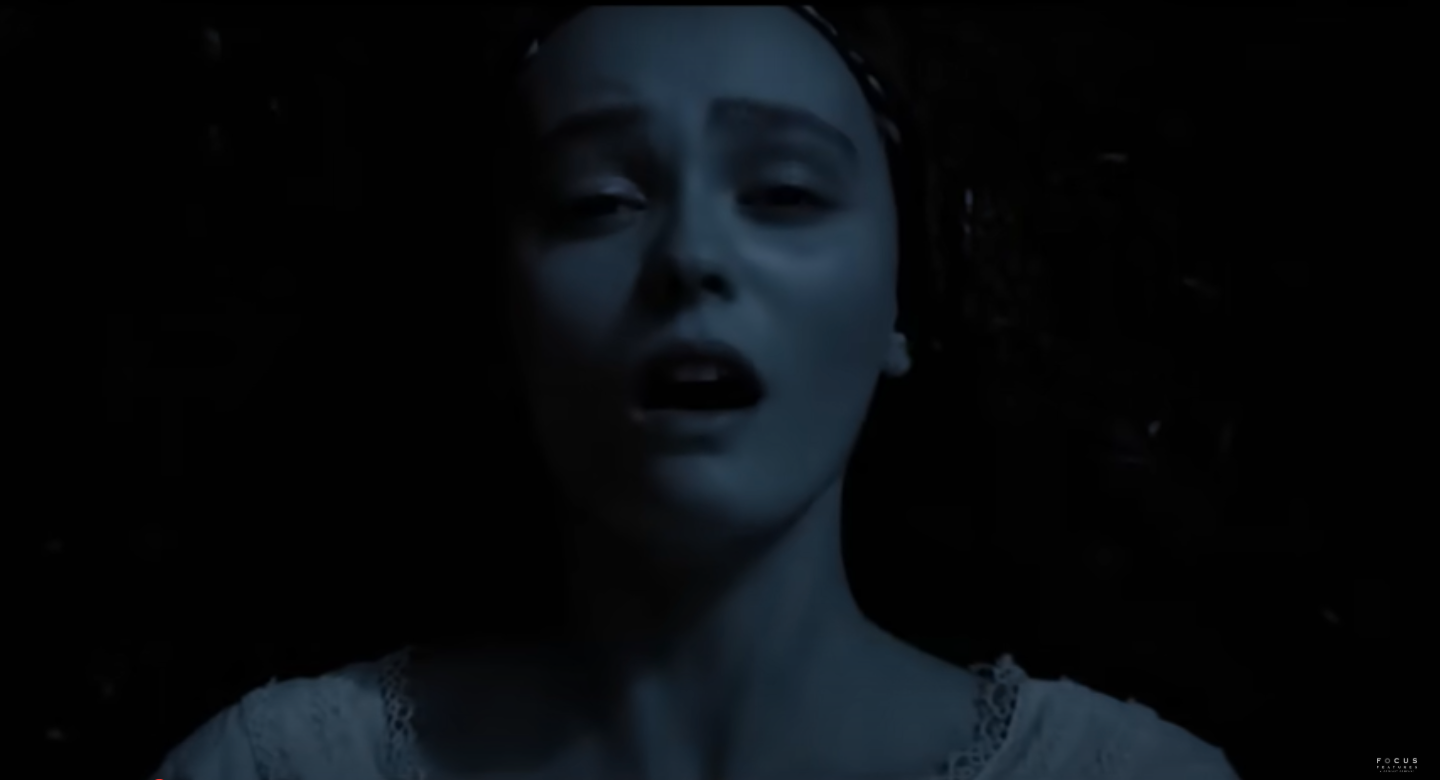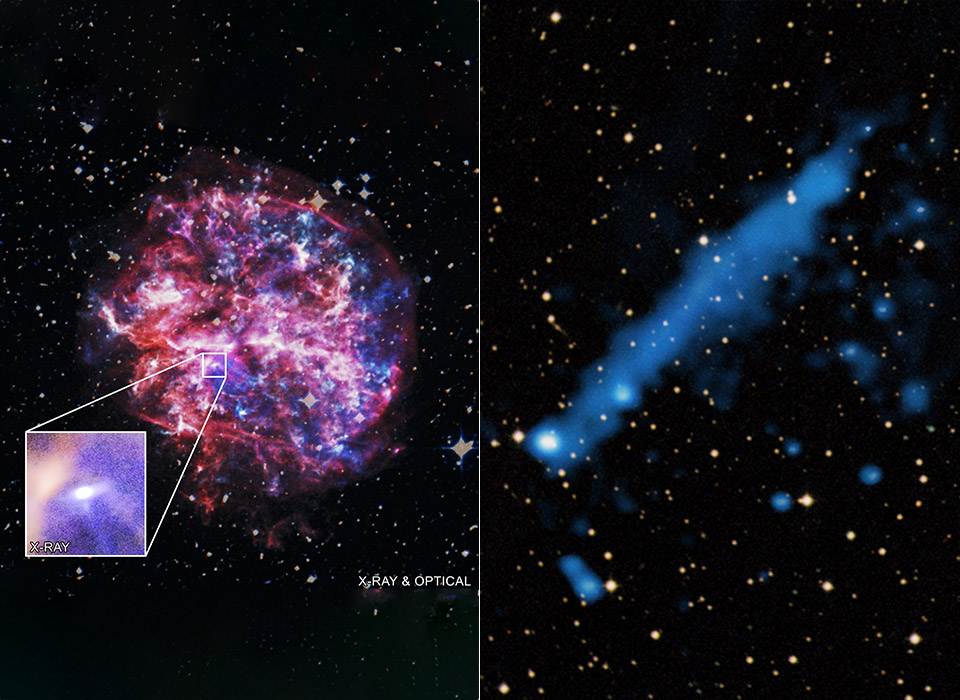Famous writers: they’re just like us. At least in the sense that they too were children once. And some of them even endured the ritual of a childhood nickname, whether cruel or adoring or somewhere in between. But can you guess which famous writers belong to these childhood nicknames? Take a swing, and scrollers beware: you’ll find the answers down below.
Nicknames:
1. Junie
2. The Goat
3. Froggy
4. Memory Babe
5. Gwendie
6. Ogie
7. Oinbones
8. Pink
9. Dictionary
10. Zozo
11. Sonny
12. Bulldog
13. Pussy Jones
*
*
*
*
*
*
*
*
*
*
*
*
*
*
*
*
*
*
*
*
*
*
*
*
Answers:
1. Octavia E. Butler. Butler was named after her mother, Octavia Margaret Guy, and her grandmother, Estella (the “E.” is for Estelle). As a child at home, she went by “Junie,” short for “Junior,” and otherwise went by Estelle or Estella so she wouldn’t be confused with her mother.
2. Virginia Woolf. Earned by being “incalculable, eccentric, and prone to accidents,” even in the nursery.
3. James Baldwin. As a child, Baldwin was teased and called “Froggy” because of his prominent eyes. Later he would become a style icon.
4. Jack Kerouac. As a child Kerouac had a “very accurate, very detailed” memory, according to biographer Ann Charters, which led to his friends dubbing him “Memory Babe,” a nickname he was quite proud of. He even started a novel by that name, though it was never published. Another nickname, “Ti Jean” (“Little Jack”), was included on his original grave marker.
5. Gwendolyn Brooks. It’s not a stretch, as childhood nicknames go, but it’s very cute.
6. Aldous Huxley. “During his first years his head was proportionately enormous, so that he could not walk until he was two because he was apt to topple over,” wrote biographer Sybille Bedford. He would eventually grow to reach six feet four and a half inches. No wonder his childhood nickname was Ogie—an imaginary diminutive of “Ogre.”
7. Ernest Hemingway. Some say Hemingway’s sister Sunny gave him this nickname (he called her “Nunbones”), others say he bestowed it on himself. In high school, he often went by “Hemingstein,” which was sometimes shortened to “Stein” or “Steen”—in the right mood, he would sign his letters with a little drawing of a beer stein, complete with foam.
8. Nellie Bly. Born Elizabeth Jane Cochran, the journalist “had an almost irritatingly twee biography,” wrote Alice Gregory. “Her childhood nickname was Pink; she owned a pet monkey and, despite little formal education, enjoyed an illustrious, precocious career. At the age of thirty, she married a millionaire who was almost a half century her senior.” Why “Pink”? Apparently she just loved the color, and wore it all the time.
9. Chinua Achebe. Young Achebe was so studious—and had such a masterful command of English, with a particular love for Yeasts, Dickens, and Conrad—that he earned the admiring nickname. (Likely no one who knew him then was shocked when he became an internationally beloved writer.)
10. Voltaire. He was born François-Marie Arouet, called Zozo by his family, and then, when he was 24, he named himself Voltaire, and everyone is still arguing about why.
11. J.D. Salinger. “Sonny” was what Salinger’s parents called him; there is a single known copy of The Catcher in the Rye signed with this name, which popped up for sale last year.
12. Truman Capote. Possibly in reference to the fictional detective Bulldog Drummond, who, like the young Capote, was often seen carrying a notepad. Later in life, Capote would have several English Bulldogs, the most distinctive of whom was named Charlie J. Fatburger.
13. Edith Wharton. As in, “that handsome, disagreeable little Pussy Jones, always scribbling.”

























































